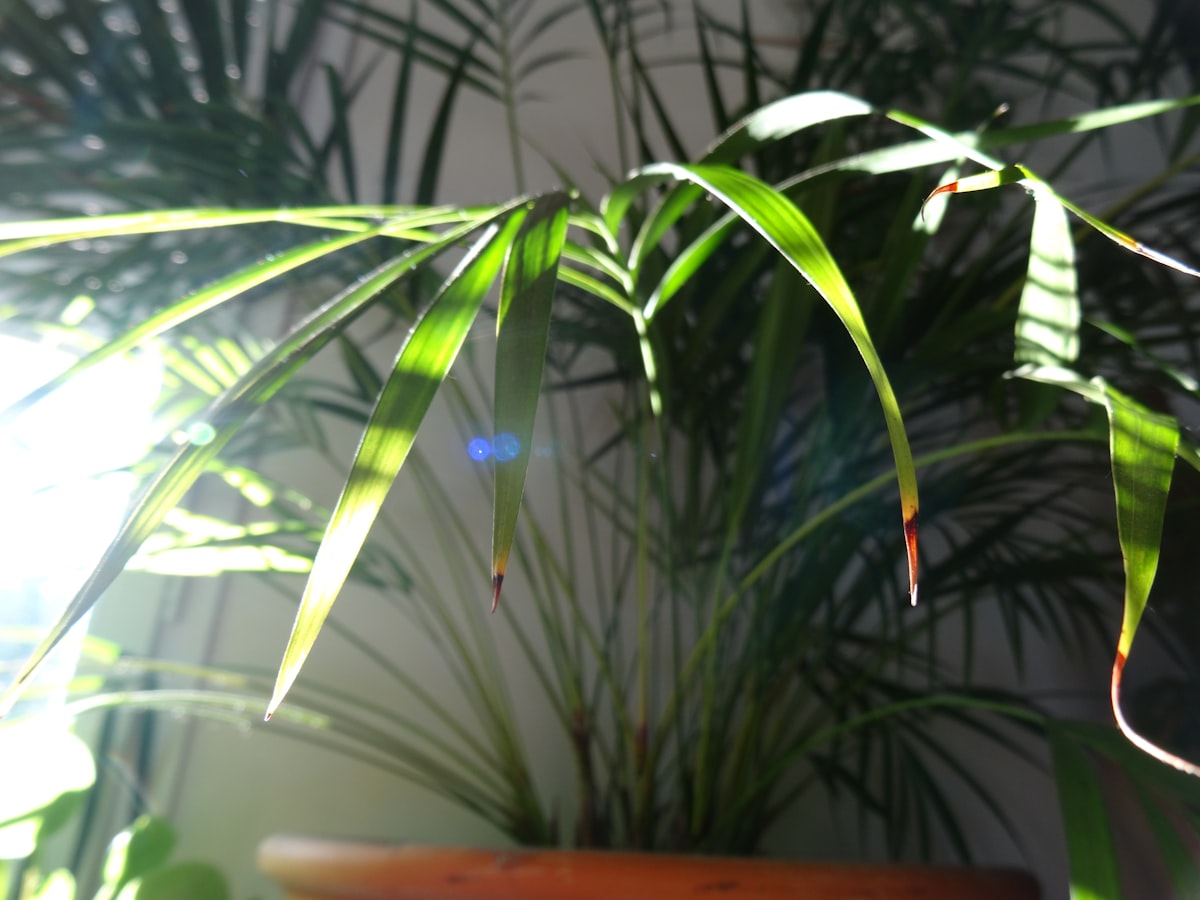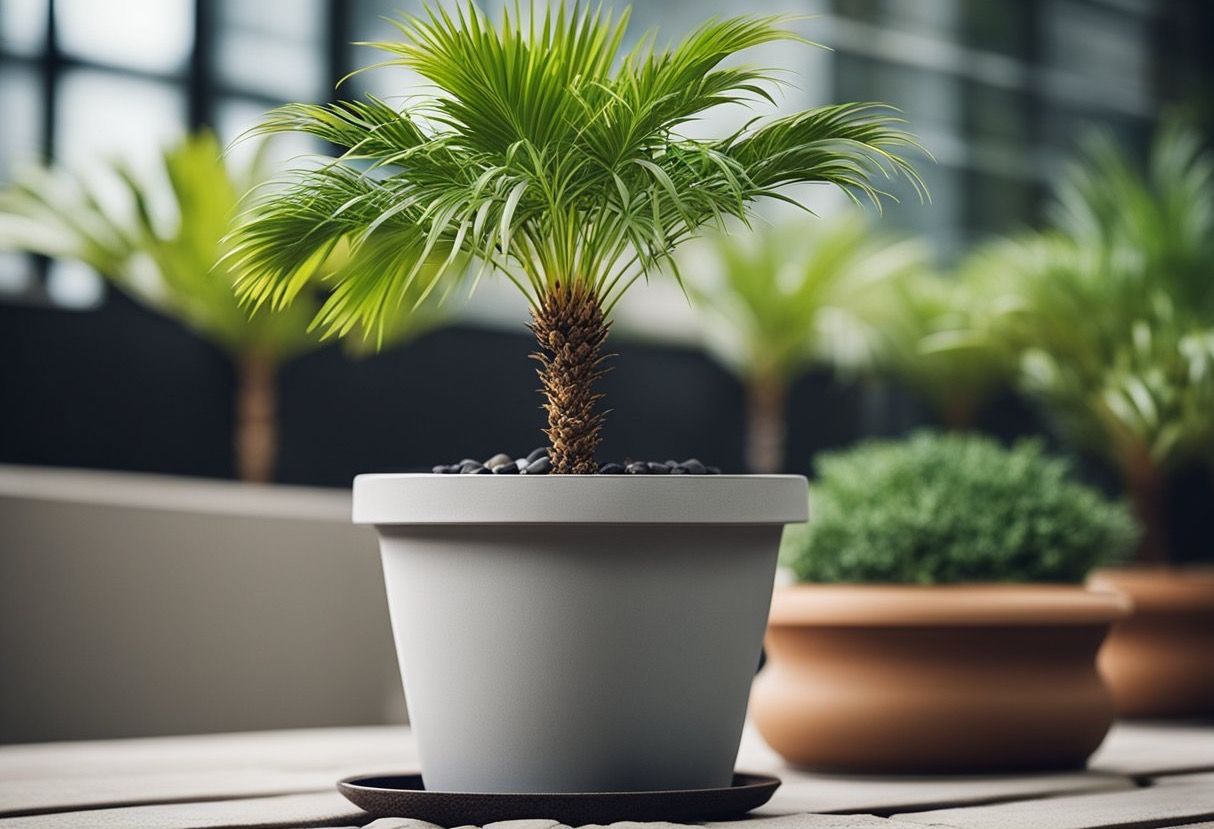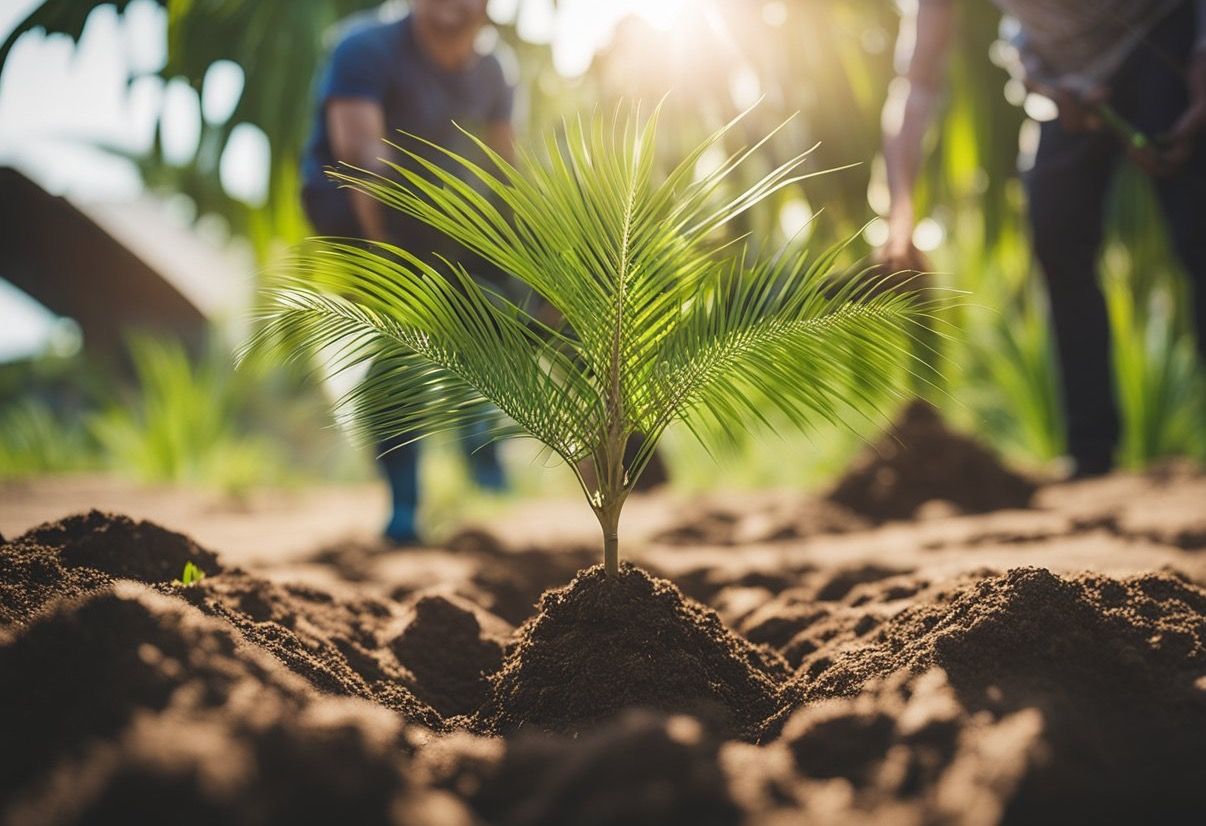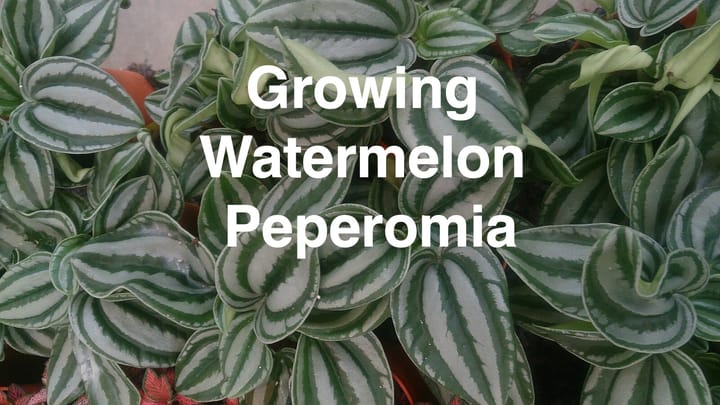How to Grow Palm Tree
Palm trees can add an exotic touch to your garden, and with over 2,600 species available, there's a palm tree suited for almost every climate.

Table of Contents
Knowing the variety of palm trees you want to grow is essential, as factors such as sunlight and cold tolerance vary among species.
Focusing on proper planting techniques, soil preparation, and maintenance is essential to grow a palm tree successfully.
Following a few simple steps, you can establish a thriving palm tree that can become a stunning focal point in your landscape.
About Palm Tree
Palm trees belong to the Arecaceae family and are known for their long, slender trunks and thin fronds, making them a popular choice for indoor and outdoor tropical landscapes.
There are numerous species of palm trees, such as the fan palm, date palm, areca palm, sago palm, European fan palm, windmill palm, queen palm, and many more, each with unique characteristics and growth requirements.
When selecting a palm tree for your space, consider factors like the amount of sunlight and cold tolerance required for the specific species.
Some common indoor palms include the Chinese fan palm (Livistona chinensis), Areca palm (Dypsis lutescens), and the Parlor palm (Chamaedorea elegans).
Outdoor palm varieties like the California fan palm, coconut palm tree, and Mexican fan palm can reach impressive heights and thrive in warm, sunny environments.
Remember to research the ideal growing conditions for your chosen palm species to ensure its healthy growth and development.

Growing Palm Tree
When planting a palm tree, choose a location with well-draining soil and adequate sun exposure.
Palm trees prefer full sun to partial shade and can tolerate various soil types, including sand, clay, loam, and even rocky soil.
To plant your palm tree, dig a hole twice as wide as the root ball and no deeper than the root ball itself.
Carefully place the tree in the hole, ensuring the roots are fully spread out and positioned at the correct height.
Backfill the hole with a mixture of native soil and new soil, and water thoroughly to settle the soil around the roots.

For the first few months after planting, use a soaker hose for irrigation, as it will provide the necessary moisture for the palm tree to establish itself.
When choosing a species of palm tree, consider your climate and the tree's hardiness zone, as some species are more suited for tropical regions.
In contrast, others can adapt to cooler subtropical regions. Popular species of palm trees include those native to the Caribbean and Asian regions.
Depending on the location and potential for storm winds, consider using stakes or bracing to help support the tree until its roots are established.
Regularly check the tree for pests and diseases, treating any issues with horticultural oil as needed.
Select a suitable species of palm tree for your climate and location, considering factors such as sun exposure, hardiness zones, and potential for storms.

Caring for Palm Tree
Sun and Temperature
Palm trees require plenty of sunlight for growth. Ensure your palm is placed in a spot where it gets 4-6 hours of direct sunlight daily.
Maintain a temperature range between 70°F and 85°F for optimal growth.
Water and Humidity
Water palms regularly, allowing the soil to dry slightly between waterings.
Keep the humidity levels high by misting the leaves or placing a humidifier near the palm.
Soil
Choose a well-draining soil mix with a pH between 6.0 and 7.0 to prevent root rot.
Incorporate organic matter, such as compost, to enhance nutrient availability for the roots.
Fertilizer
Fertilize your palm tree every 2-3 months using a slow-release palm-specific fertilizer.
Apply according to the package instructions to ensure proper nutrient uptake and avoid over-fertilization.
Repotting
Repot your palm tree every 2-3 years or when you notice the roots outgrowing the container.
Use a new pot with drainage holes to prevent waterlogging and provide fresh, well-draining soil.
Pruning and Propagation
Prune old or yellowing fronds with sharp, sterilized scissors to maintain a healthy appearance.
Propagate your palm by carefully removing and potting young offshoots, called pups, or through seed germination.

Troubleshooting Plant Problems
Growing Problems
Ensure your palm tree receives ample sunlight, at least 6 hours per day, as inadequate sunlight can stunt its growth.
Monitor the soil's moisture levels and water your palm regularly to maintain consistent moisture, as insufficient water can lead to stunted growth and overall poor health.
Pests and Diseases
Spider mites are common pests affecting palm trees. Control them by spraying the affected areas with insecticidal soap.
Moreover, watch out for leaf spots and blights – fungal diseases that cause discolored spots on the fronds.
Treat these issues promptly to prevent further damage to your palm tree.

Companion Planting
Companion planting is an effective way to provide your palm tree with a supportive growing environment.
Choose plants with similar climate, temperature, and humidity requirements as your palm tree.
Opt for companion plants that require similar soil, water, and sunlight conditions to ensure a harmonious coexistence.
Conclusion
Following the proper planting and care steps, you can successfully grow a palm tree in your chosen location.
Ensuring proper sunlight, appropriate planting depth and consistent watering are crucial for the healthy growth of your palm tree.
With patience and proper maintenance, your palm tree will thrive and enhance your landscape's or indoor space's beauty.
Remember to prevent or address potential pests and diseases that could harm your palm tree, ensuring its long-term health and growth.
Frequently Asked Questions
What are the ideal conditions for planting a palm tree?
Palm trees thrive in well-draining soil and need plenty of sunlight.
Ensure you plant your palm tree in an area with at least 6 hours of direct sunlight daily.
How can I grow a palm tree from seed?
Select fresh, viable seeds from a mature palm tree and soak them in water for 24 hours.
Sow the seeds in a well-draining soil mix, placing them about 1/2-inch deep, and keep the soil consistently moist.
What is the recommended spacing for planting palm trees?
Spacing depends on the specific variety of palm trees you're planting.
Smaller species require 6 to 10 feet apart, while larger species need 15 to 20 feet spacing to accommodate their root systems and future growth.
Are there specific palm tree species suited for certain climates?
Some palm tree species can tolerate colder climates, such as the Windmill Palm (Trachycarpus fortunei) and the Needle Palm (Rhapidophyllum hystrix).
Research the species you're interested in to ensure it can thrive in your area's climate.
What precautions should be taken when planting palm trees near a house?
Pay attention to the mature size of the palm tree, and plant it at a distance equal to its anticipated height from structures and utilities.
This will reduce the risks of property damage, shading, and interference with overhead power lines.
How can I successfully grow a palm tree in clay soil?
Before planting, improve drainage by amending the clay soil with organic matter, such as compost or aged manure.
Create a raised planting area or install a drainage system if needed. Keep an eye on the tree's health and adjust watering habits accordingly.



